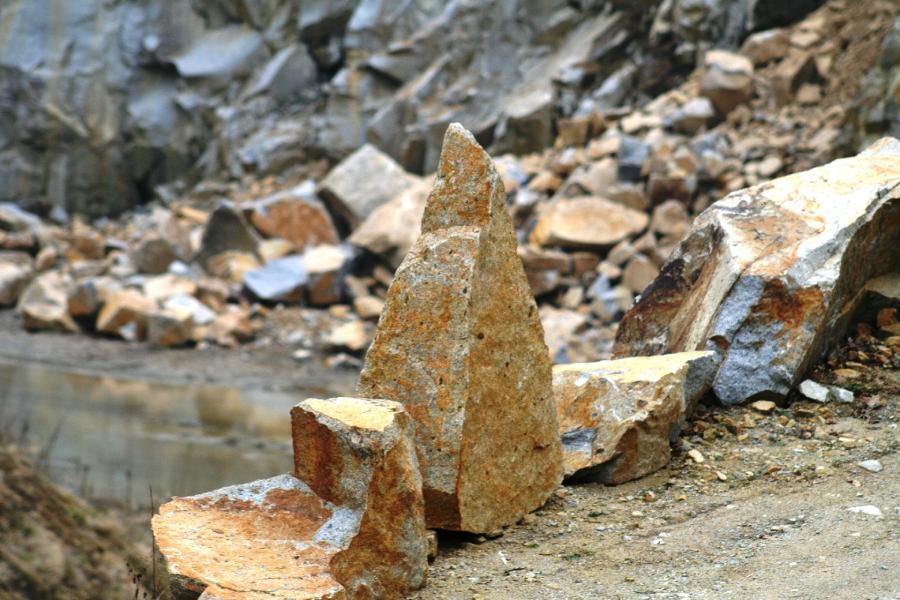Granite is a natural stone that is quarried from the Earth. It is composed of feldspar, quartz, and mica. Granite is a popular choice for countertops, flooring, and other applications because it is durable and beautiful. Also, granite is easy to clean and maintain. Granite is a popular choice for countertops because it is heat resistant and stain resistant. Many people also choose granite flooring because it is slip resistant and easy to care for.
Granite is available in various colors, including white, black, gray, green, and pink. Granite is a popular material for kitchen countertops, bathroom vanities, fireplace surrounds, and outdoor kitchen countertops. Granite is also scratch resistant and does not chip easily. In this article we will discuss where granite comes from and how it is made.
Where Exactly Does Granite Come From?
1. Found in mountain ranges
Granite is found in mountain ranges all over the world. The most popular source of granite is Brazil, followed by India, China, and Italy. Other sources of granite include Africa, Canada, the United States, and Australia. Many of these countries have extensive mountain ranges that are rich in granite.
2. Quarried from the Earth
Granite is quarried from the Earth in large blocks. The blocks are then transported to factories and cut into slabs. The slabs are then polished and finished before being shipped to customers.
3. Composition
Granite is composed of feldspar, quartz, and mica. Feldspar is the most abundant mineral in granite. Quartz is the second most abundant mineral. Mica is the third most abundant mineral. Granite is also a source of radioactive elements such as uranium and thorium. In addition, granite may sometimes contain traces lead, arsenic, and other harmful components, but not to worry, slabs with these trace elements are not used in countertops.
How is Granite Made?
1. Igneous rocks
Granite is an igneous rock that forms when hot molten rock (magma) cools and solidifies. Granite typically begins in the Earth’s crust at depths of 10-15 km. The molten rock that forms granite is called magma. Magma is formed when the Earth’s mantle (the layer of the Earth below the crust) melts.
2. Cooling and solidification
When magma rises to the surface, it cools and solidifies to form granite. The rate at which magma cools affects the composition of granite. If magma cools slowly, large crystals will form. If magma cools quickly, tiny crystals will form.
3. Weathering and erosion
Over time, the granite will be weathered and eroded by wind, rain, and glaciers. This process can take millions of years. The granite we see today results from this long process of weathering and erosion. According to recent research, granite takes between 20 and 200 million years to form.
Granite is an Amazing Substance
Granite is a popular choice for countertops, floors, and other applications because it is durable and beautiful. Granite is heat resistant, stain resistant, scratch resistant, and easy to clean. Granite is also available in a variety of colors to match any décor. When properly sealed, granite countertops are virtually maintenance-free.

